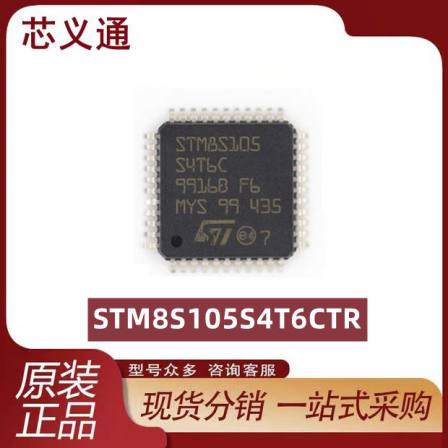Product list of electronic sensor
1/6
1/5
1/5
1/7
- 1
- 2
- 3
- 4
- 5
- 6
- 31
About electronic sensor
What is an electronic sensor?
An electronic sensor is a device that detects and responds to some type of input from the physical environment. It is a component of a larger system that takes an action based on the sensor's readings.
What are some common types of electronic sensors?
Some common types of electronic sensors include temperature sensors, pressure sensors, proximity sensors, and motion sensors.
What are the benefits of using electronic sensors?
Electronic sensors can provide real-time data that can be used to automate processes, monitor performance, and improve efficiency. They can also help reduce costs by minimizing waste and improving overall quality.
How do electronic sensors work?
Electronic sensors work by measuring a physical property of their environment, such as temperature or pressure, and converting it into an electrical signal that can be processed by a microcontroller or computer.
What are some industries that use electronic sensors?
Electronic sensors are used in a variety of industries, including automotive, aerospace, healthcare, and manufacturing, among others.
What factors should be considered when selecting an electronic sensor?
Factors that should be considered when selecting an electronic sensor include the type of physical property to be measured, accuracy requirements, temperature range, and environmental conditions.
Can electronic sensors be used in hazardous environments?
Yes, electronic sensors can be specially designed to be used in hazardous environments, where they may be exposed to extreme temperatures, pressure, or chemicals.
